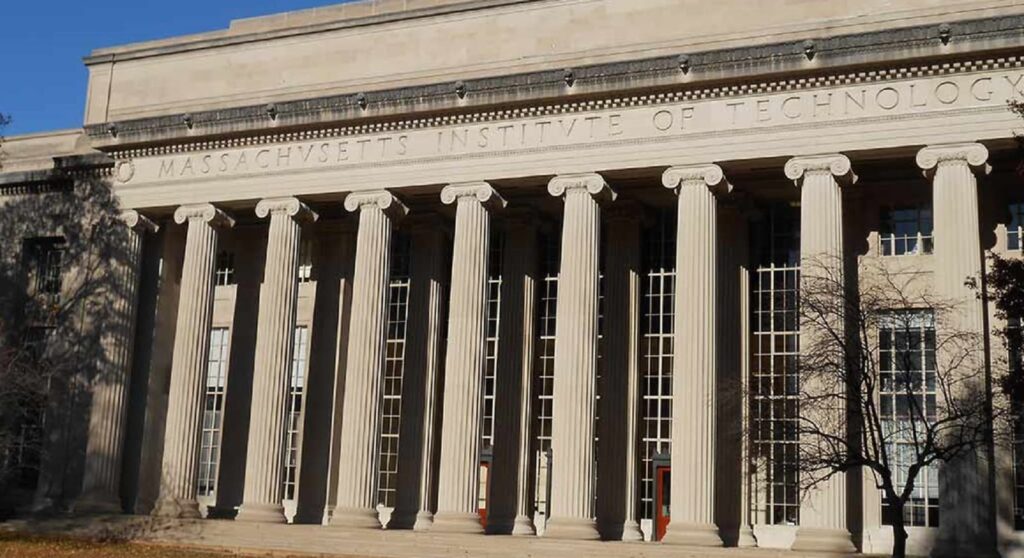The resurgence of neoclassical architecture in Brazil
From the mid-18th century to the early 19th century, the neoclassical movement enchanted architecture enthusiasts around the world. Inspired by the classical aesthetics of Ancient Greece and Rome, this architectural style conveyed a feeling of grandeur, balance and harmony. Although it lost popularity throughout the 20th century, neoclassical architecture has re-emerged in recent years as a contemporary approach to architectural design in Brazil.
The revival of the neoclassical style
Until the end of the 19th century, the architecture Neoclassical was predominant in important constructions in Brazil, especially in public buildings, such as palaces and theaters. However, during the 20th century, several modern architectural styles gained prominence, and neoclassicalism took a backseat.
Recently, Brazilian architects and urban planners have begun to rediscover the value of neoclassical architecture as a way of bringing beauty and grandeur to cities. The neoclassical style offers a timeless classic aesthetic and can blend harmoniously with modern skyscrapers and contemporary buildings.
Characteristics of neoclassical architecture
Neoclassical architecture is characterized by an emphasis on symmetry, proportion and order. Inspired by ancient Greek and Roman civilizations, this form of architecture seeks to recreate the ideals of harmony and balance found in classical constructions.
The facades of neoclassical buildings are often marked by columns and pediments. Elegant and imposing columns, such as Ionic, Corinthian and Ionic, are frequent elements in this architectural style. The use of pediments, which are triangular and can be found above main entrances, is also common.
The international influence
The revival of neoclassical architecture in Brazil is a global trend, driven by a growing demand for architectural projects that combine the classic and the contemporary. Several cities around the world have seen a resurgence of the neoclassical style, with notable projects being built in countries such as the United States, Russia and France.
In the era of globalization and interconnectivity, architects and construction professionals in Brazil have access to inspirations and influences from around the world. This allows them to introduce neoclassical elements into their designs, combining them with the country's modern architectural needs and styles.
The cultural and historical impact
In addition to its aesthetic beauty, neoclassical architecture also has a significant cultural and historical impact. By rescuing elements of the classical past, it helps preserve the cultural and architectural memory of a nation. The resurgence of the neoclassical style in Brazil is a way to honor the country's heritage and historical roots.
Through neoclassical architecture, Brazilian cities can create spaces that inspire and give pride to their inhabitants. The grandeur and elegance of neoclassical buildings can become emblematic landmarks of a city, attracting visitors and enriching the urban landscape.
The future of neoclassical architecture in Brazil
As Brazil becomes an increasingly important center for architecture and design, the future of neoclassical architecture in the country looks promising. Architects and urban planners are increasingly exploring the possibility of incorporating neoclassical elements into their projects, bringing a touch of elegance and refinement to the built environment.
However, the resurgence of neoclassical architecture does not mean a return to the past. Professionals in the field are seeking to create a harmonious synthesis between classic and modern, adopting a contemporary approach that meets the needs and challenges of today's society.
Common questions
- What are the main elements of neoclassical architecture?
The main elements of neoclassical architecture include columns, pediments, proportion, symmetry, and order. - Is neoclassical architecture just a copy of the classical style?
No, neoclassical architecture is a contemporary interpretation of the classical style, incorporating modern elements and adapting them to meet the needs of today's society. - Are there significant examples of neoclassical architecture in Brazil?
Yes, significant examples of neoclassical architecture in Brazil include the Municipal Theater of Rio de Janeiro, the National Museum of Fine Arts and the Itamaraty Palace in Brasília. - What is the objective of the resurgence of neoclassical architecture in Brazil?
The resurgence of neoclassical architecture in Brazil aims to bring beauty, grandeur and a connection with the country's history and culture to contemporary architectural projects. -
Is there any Brazilian city that has invested heavily in neoclassical architecture?
There is no specific city that has invested heavily in neoclassical architecture in Brazil, but several cities are adopting neoclassical elements in their most recent architectural projects.
References:
– Neoclassical architecture – Wikipedia
